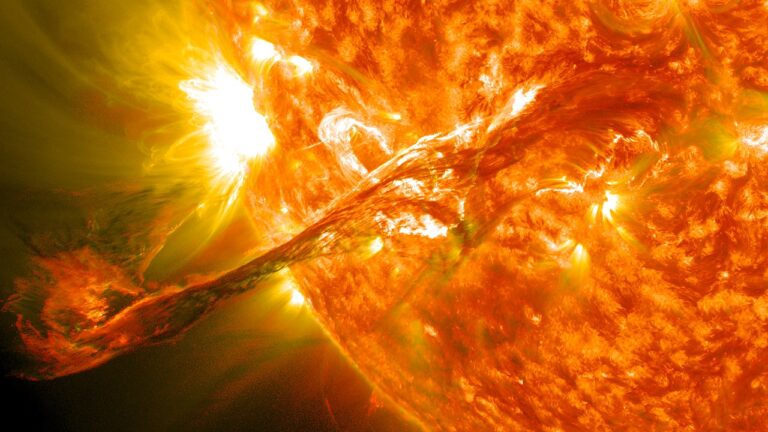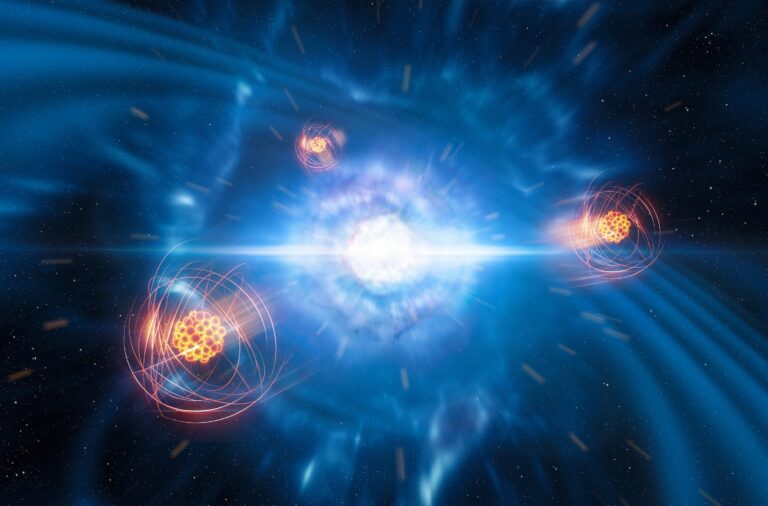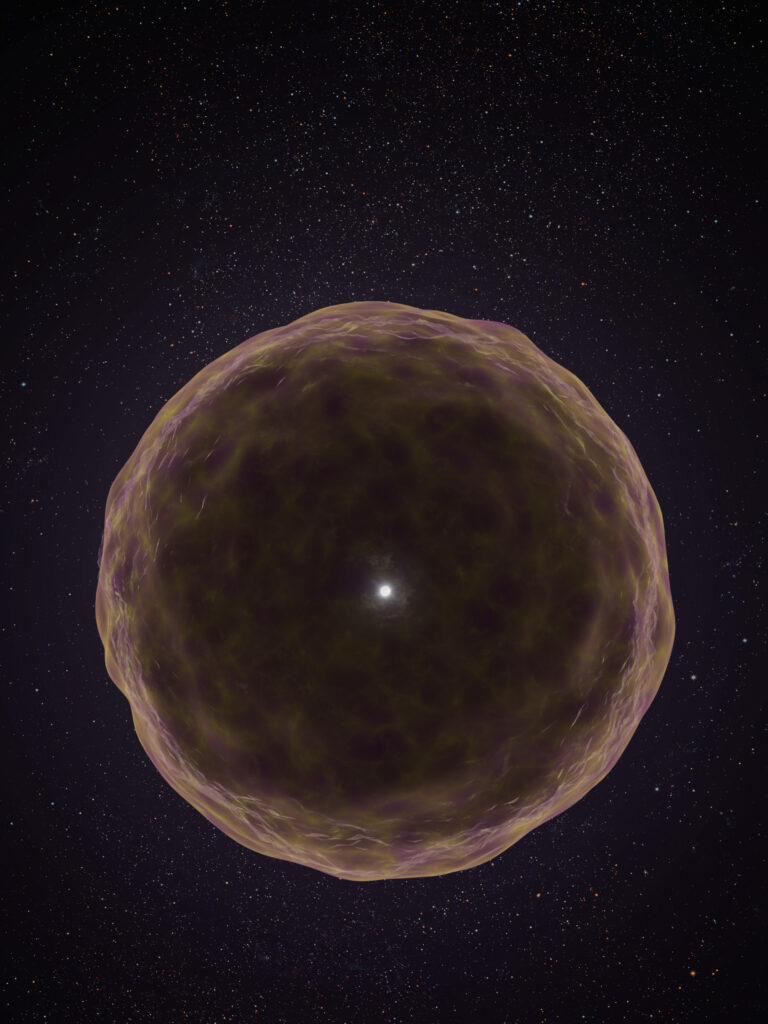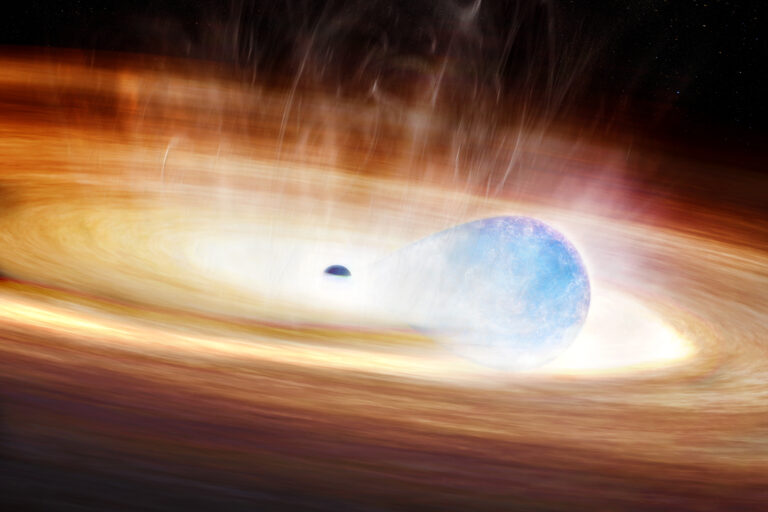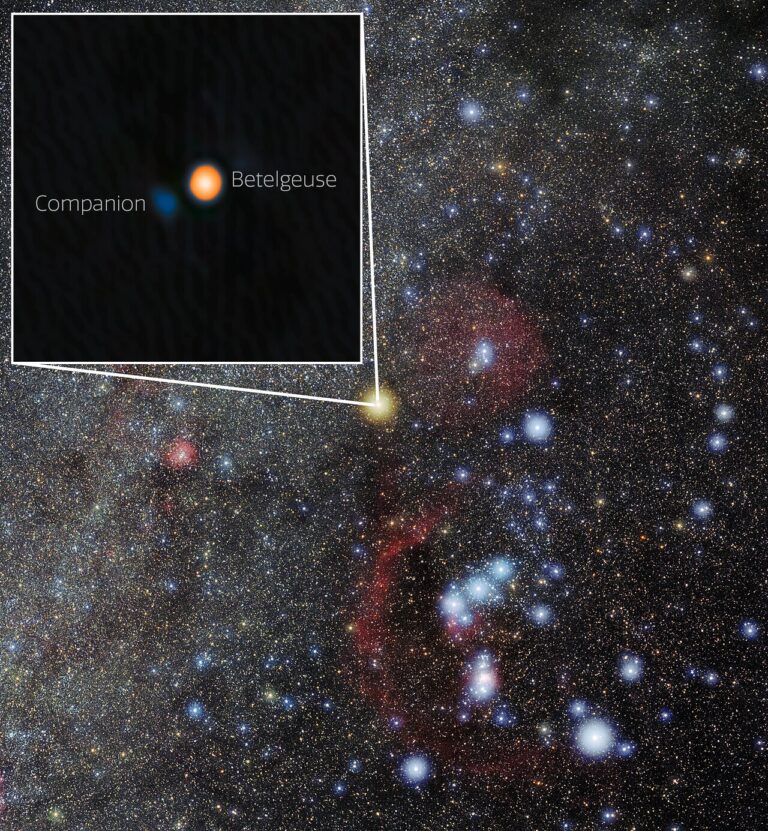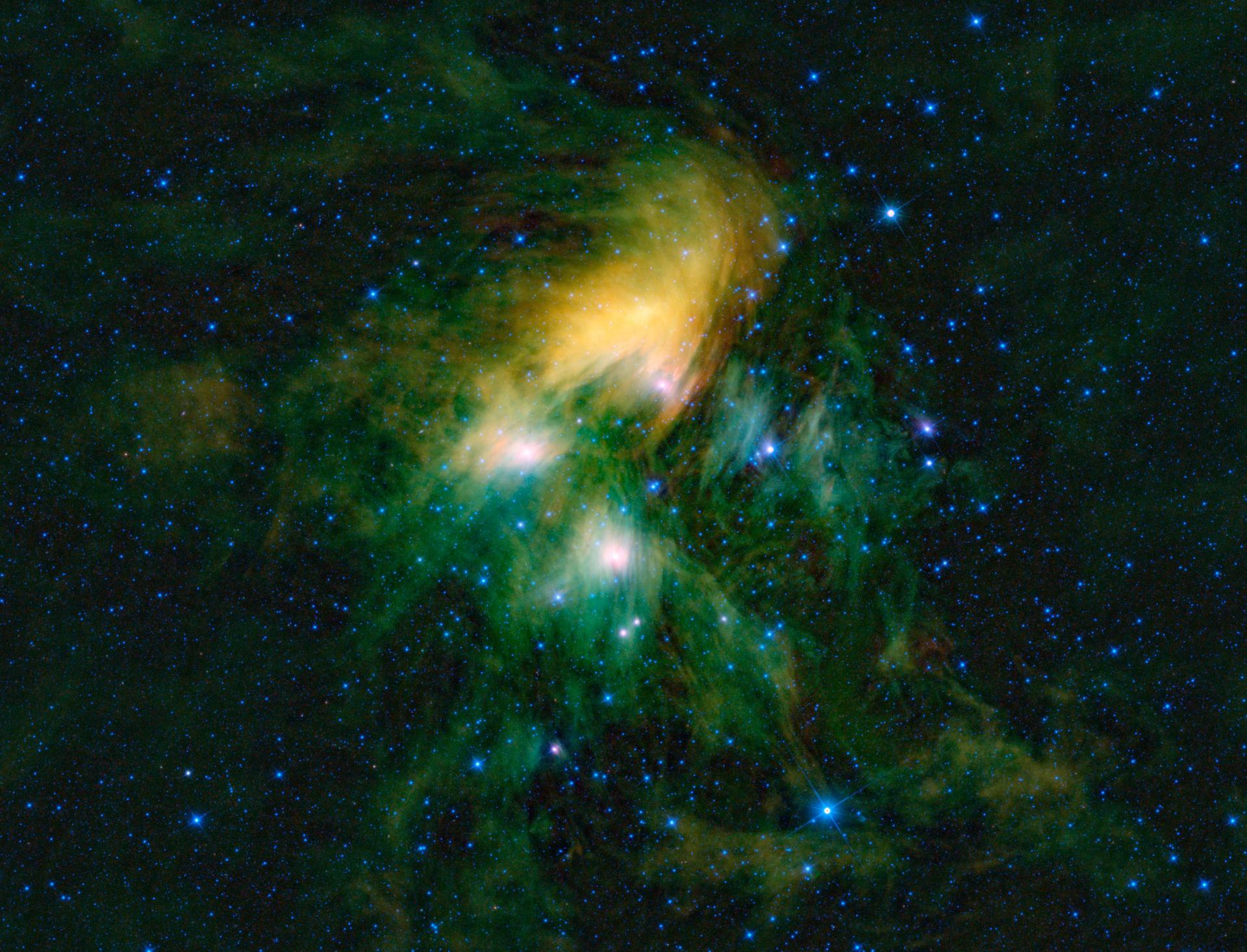
Key Takeaways:
- A new study redefines the Pleiades (M45) as a "Greater Pleiades Complex," an extensive stellar family comprising 3,091 member stars and spanning over 1,900 light-years, making it 20 times larger than previously measured.
- This discovery was achieved through a novel four-part methodology that identified dispersed stellar members based on their uniform ages (derived from spin rates using NASA’s TESS data as a "cosmic clock"), shared galactic paths (using ESA’s Gaia data), matching elemental abundances, and common traceback origins approximately 100 million years ago.
- Published in The Astrophysical Journal, the research reveals the familiar Pleiades core to be only a bound component of a vast, dissolving stellar association that connects to multiple other known star sub-groups, forming a much larger co-natal structure.
- The developed "cosmic clock" technique offers astronomers a powerful new tool for mapping the hidden, complex architecture of our galaxy and is slated for application to other stellar associations, with potential implications for locating the Sun's own lost siblings.
The Pleiades (M45) is arguably the most famous star cluster in the sky. Known as the Seven Sisters, or Subaru in Japan, its history is woven into human culture, with stories about it potentially stretching back 100,000 years. For most of modern astronomy, we’ve known it as a tight-knit family of a few hundred stars. Now, a new study reveals we’ve only been looking at the tip of the celestial iceberg.
Astronomers at the University of North Carolina at Chapel Hill have discovered that the familiar cluster is but the bright core of a colossal stellar family. In a study published Nov. 15, the team reveals this “Greater Pleiades Complex” is 20 times larger than previously measured, containing 3,091 member stars and spanning more than 1,900 light-years. This discovery redefines one of the sky’s most well-known objects, linking it to several other known stellar groups.
“This study changes how we see the Pleiades — not just seven bright stars, but thousands of long-lost siblings scattered across the whole sky,” said Andrew Boyle, lead author of the paper and a graduate student at UNC-Chapel Hill, in a press release.
The team’s discovery, published Nov. 15 in The Astrophysical Journal, combined data from two powerful space telescopes: NASA’s Transiting Exoplanet Survey Satellite (TESS) and the European Space Agency’s (ESA) Gaia.
Most stars, including our Sun, aren’t born in isolation. They form in massive clouds of gas and dust, emerging in groups called open clusters. These stellar siblings are gravitationally bound at first, but over millions of years drift apart and “dissolve”, making the family tree difficult to trace. The Pleiades we see today is the dense core that has mostly stuck together.
Putting the family back together
To find the rest of the Pleiades’ dissolved family, the researchers developed a new method for tracking down an open cluster’s members. That method depends on four key pieces of evidence.
First, they established uniform ages by using data from NASA’s Transiting Exoplanet Survey Satellite (TESS) as a “cosmic clock.” TESS measures how fast stars spin, and since young stars (like the 100-million-year-old Pleiads) spin rapidly while old stars spin slowly, they could locate stars that shared a matching birth date.
“By measuring how stars spin, we can identify stellar groups too scattered to detect with traditional methods — opening a new window into the hidden architecture of our galaxy,” Boyle said in the press release.
Second, they found stars traveling on the same path as those in the Pleiades cluster. Data from the European Space Agency’s (ESA) Gaia satellite, which provides precise 3D positions and motions for billions of stars, allowed them to identify a large group traveling on the same path through the galaxy as the Pleiades core.
Third, they verified each contained matching elemental abundances or a shared chemical makeup. Stars born from the same cloud should have the same chemical “fingerprint”. To confirm this, the team gathered data from several ground-based spectroscopic surveys. They used this data to determine that the new stars were made of the same stuff as those from the Pleiades core.
Finally, they examined the stars’ origins by analyzing their traceback histories. Using the Gaia motion data, the team ran computer simulations to “rewind” the stars’ orbital paths. This demonstrated that the vast collection of stars all originated from the same location roughly 100 million years ago.
Connections to stars and humanity
For decades, observers knew the Pleiades was bigger than the seven naked-eye stars. The accepted count was between 200 and 1,000 member stars, spanning about 2 degrees of the sky. This new study reveals that the cluster is only the “bound core” of a vast, dissolving stellar association. This “Greater Pleiades Complex” connects the core to multiple other known star sub-groups, showing they are all part of a much larger structure of stars born at the same time.
This discovery adds another layer to the cluster’s deep human connection. From the Old Testament to the logo on your Subaru, the Pleiades is a cultural touchstone. Anthropologists have long been fascinated by the widespread “Seven Sisters” myth, found in cultures from ancient Greece to Indigenous Australia. One theory suggests the myth is so old it predates humanity’s migration out of Africa, originating more than 100,000 years ago when the star Pleione was farther from Atlas, making seven stars, not six, easily visible to the naked eye. Now, we know the family is far larger than just seven.
This “cosmic clock” method gives astronomers a powerful new tool. “We’re realizing that many stars near the Sun are part of massive extended stellar families with complex structures,” said co-author Andrew Mann. This technique will be used to map the hidden architecture of our galaxy, with the team planning to apply it to other associations as part of the TESS All-Sky Rotation Survey. The hope is that this method could one day help astronomers find the Sun’s own lost siblings.

